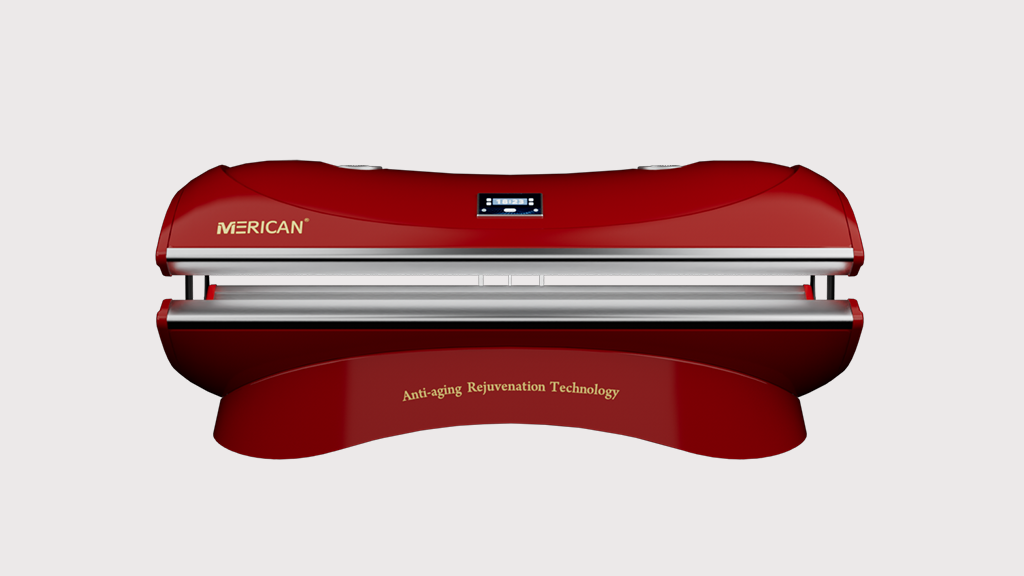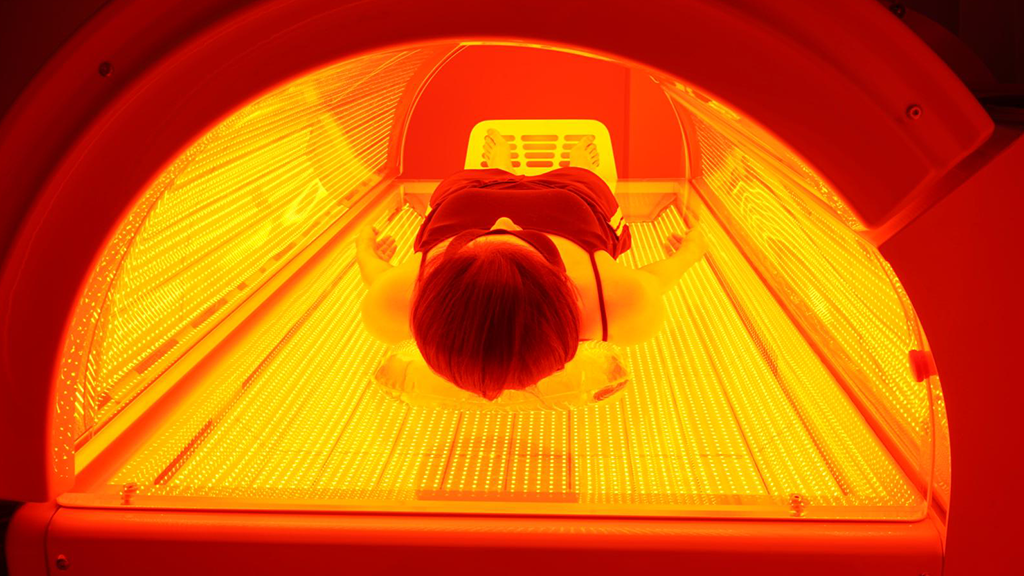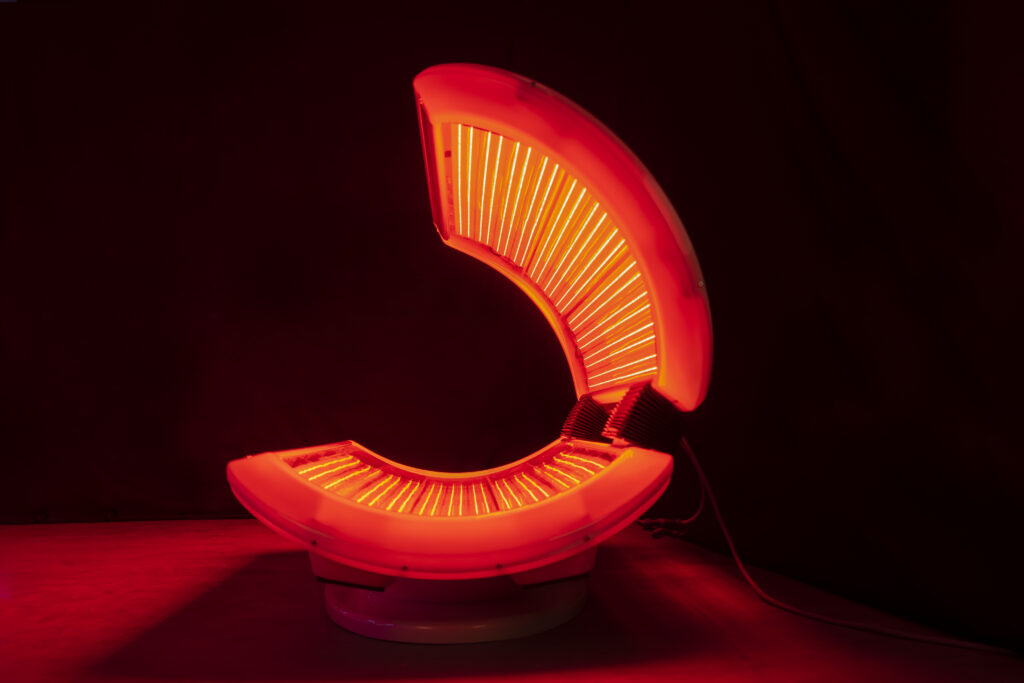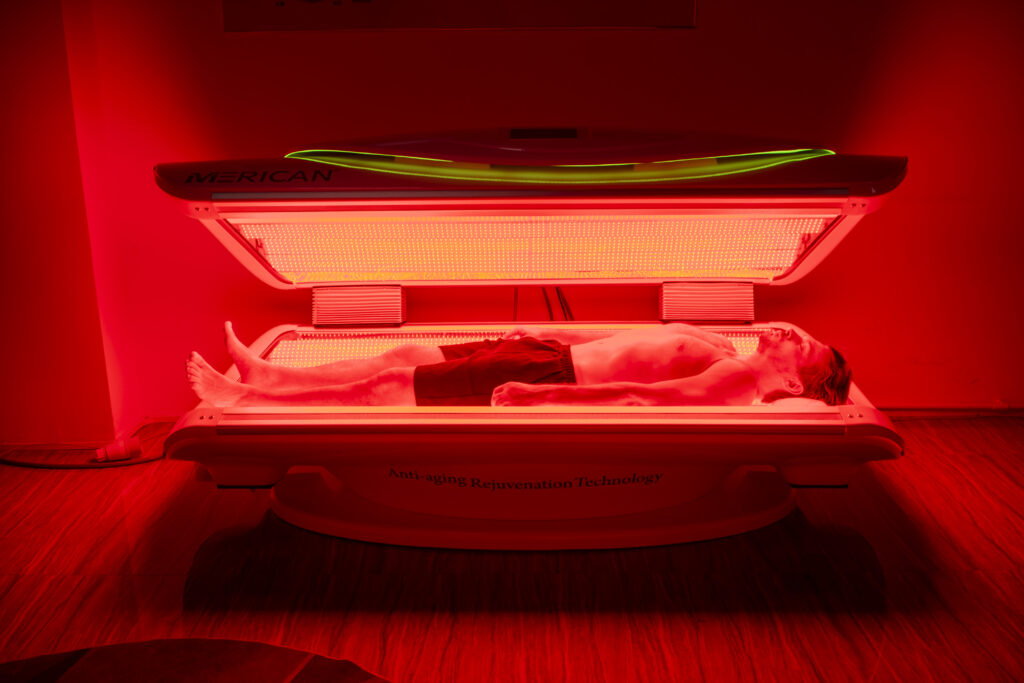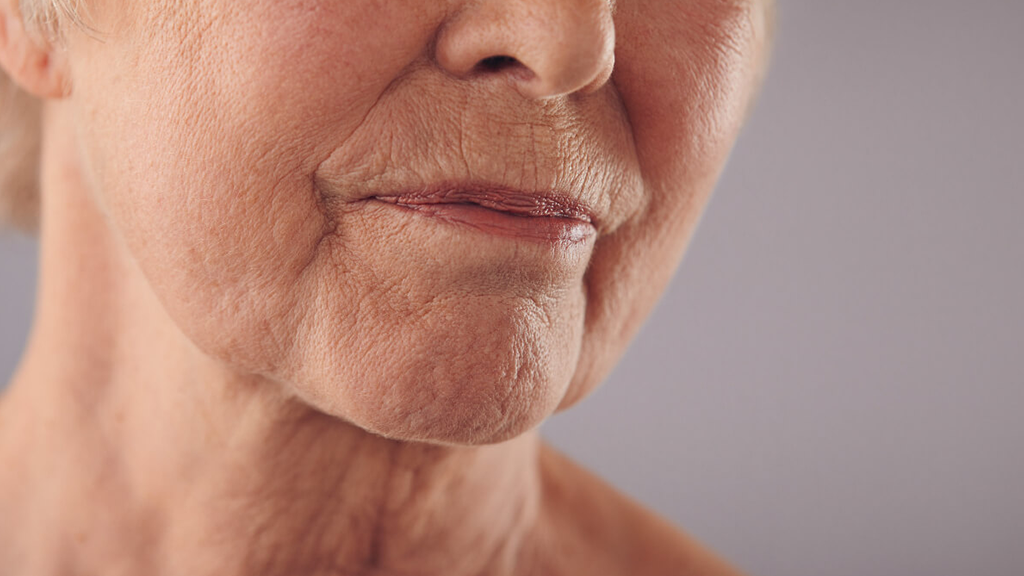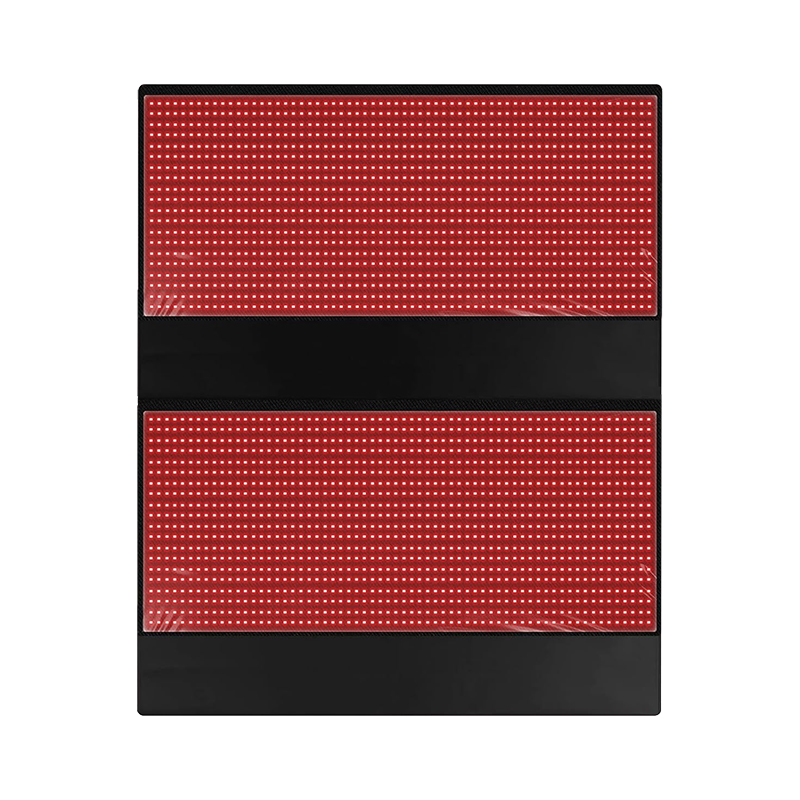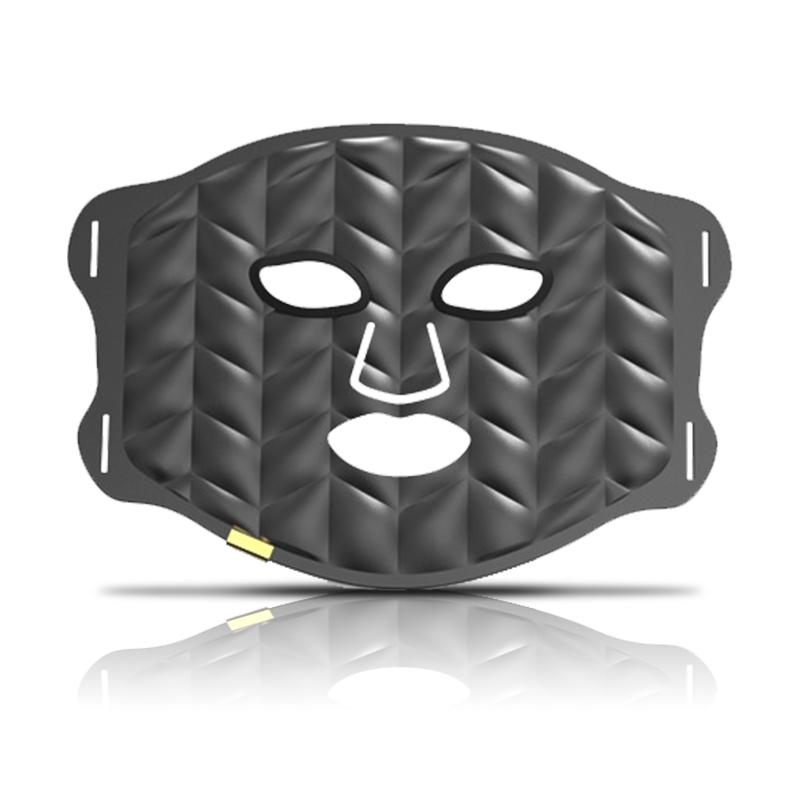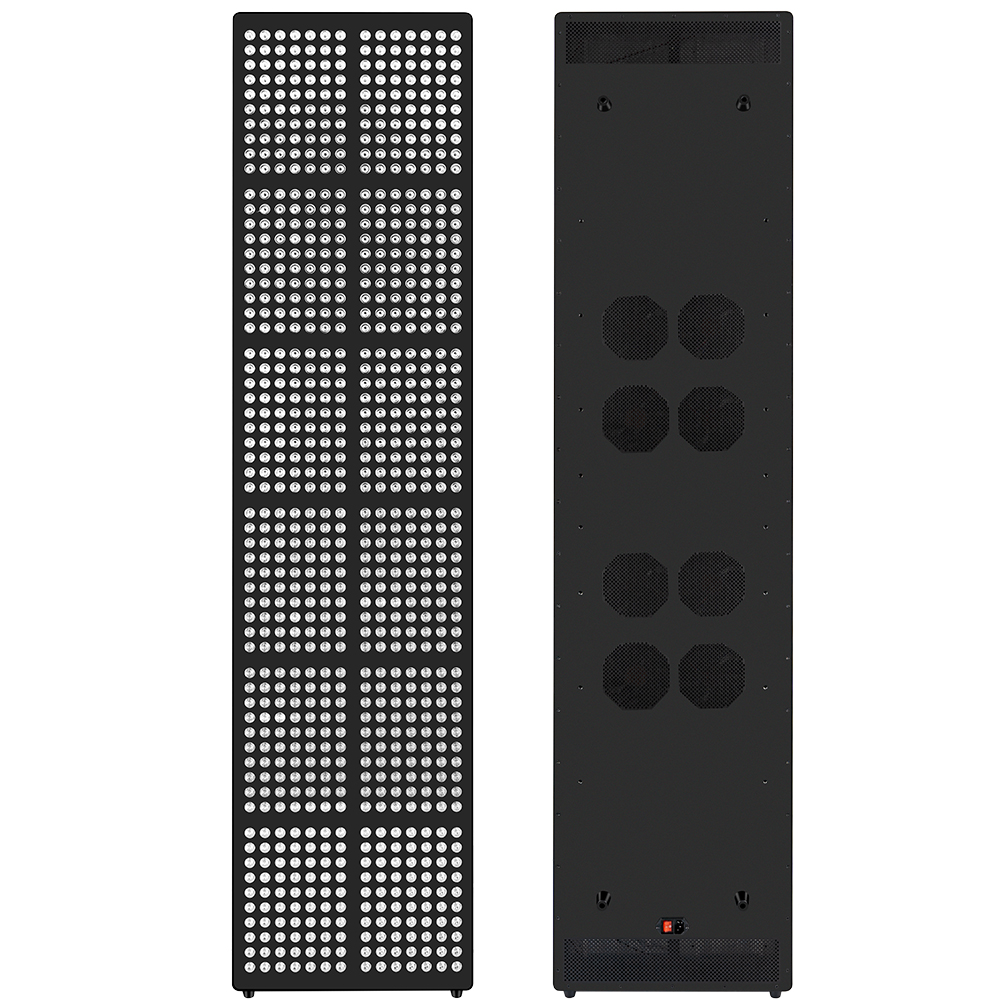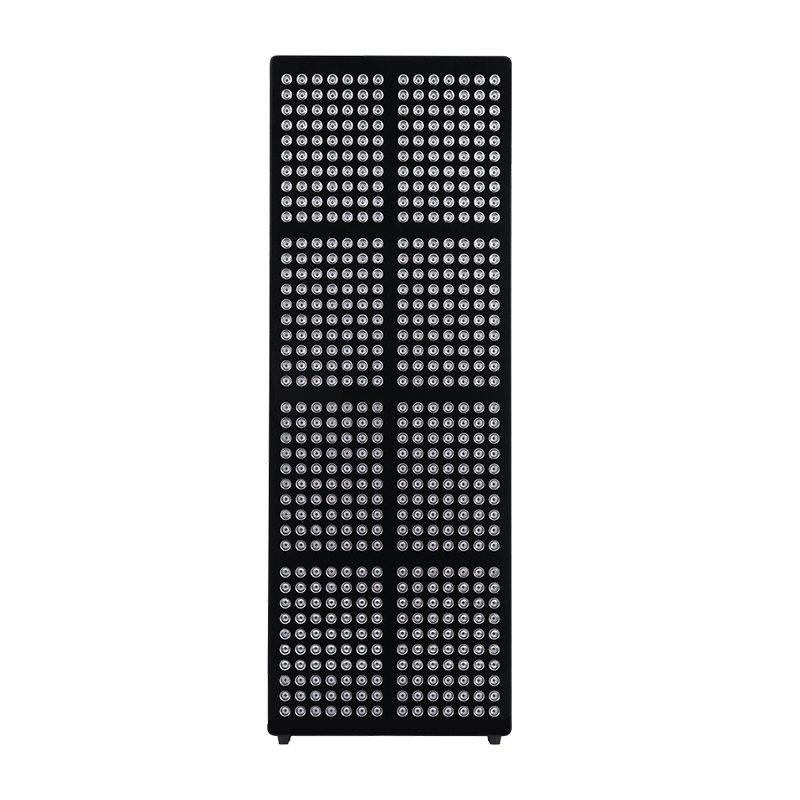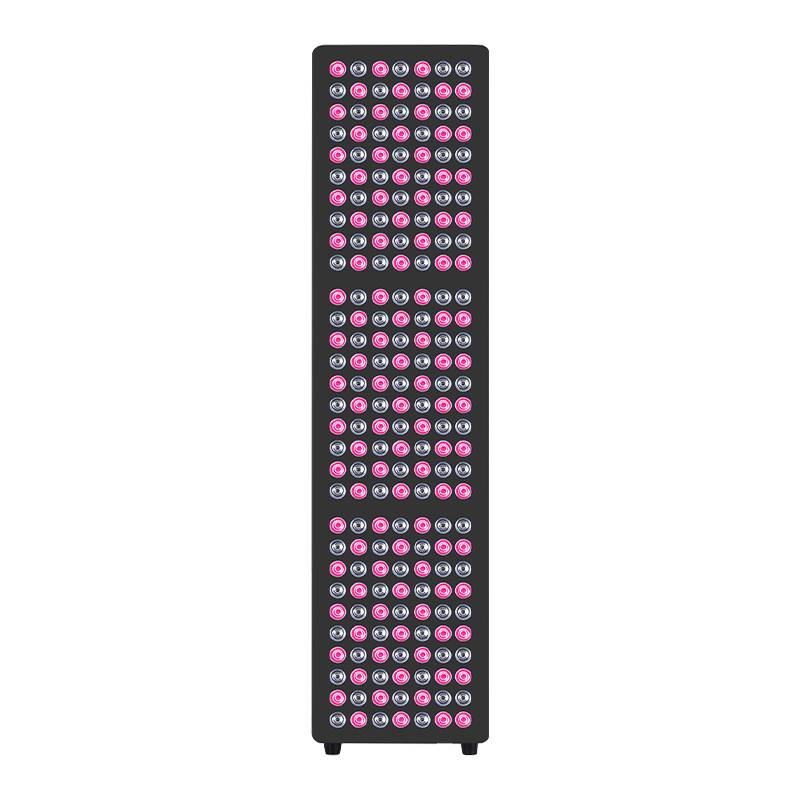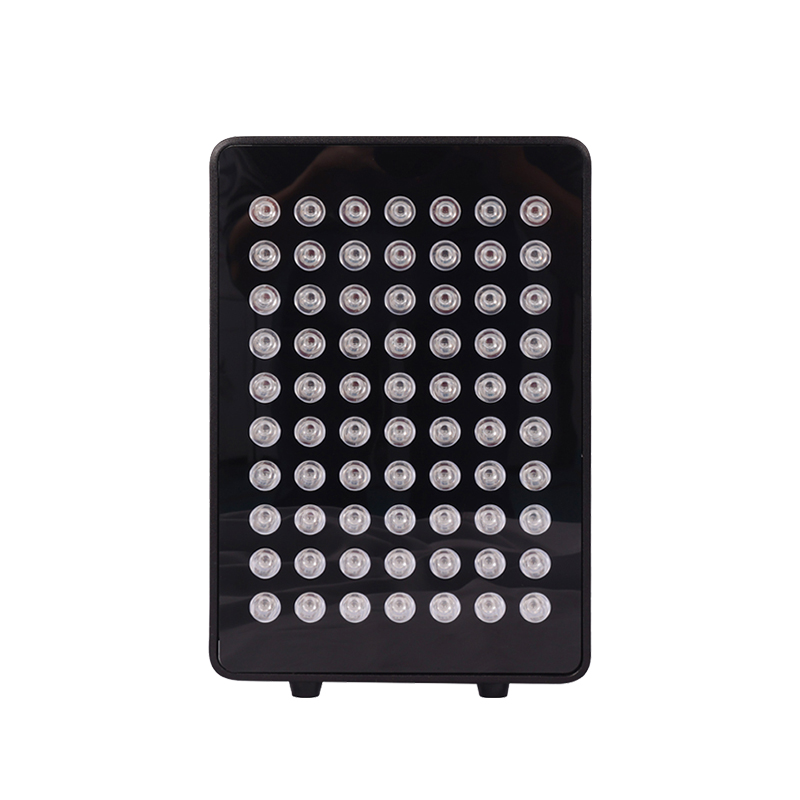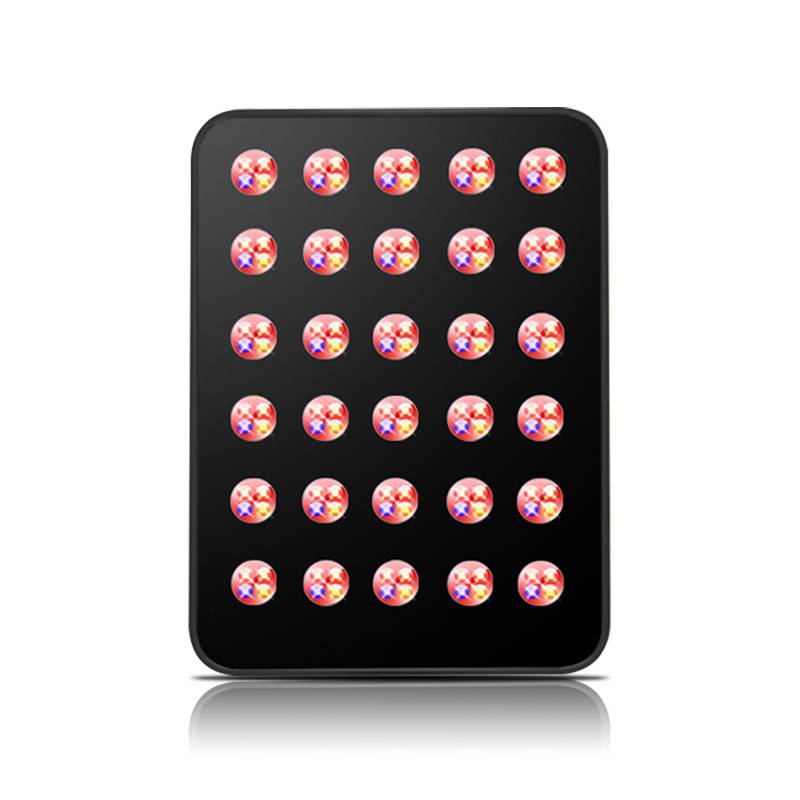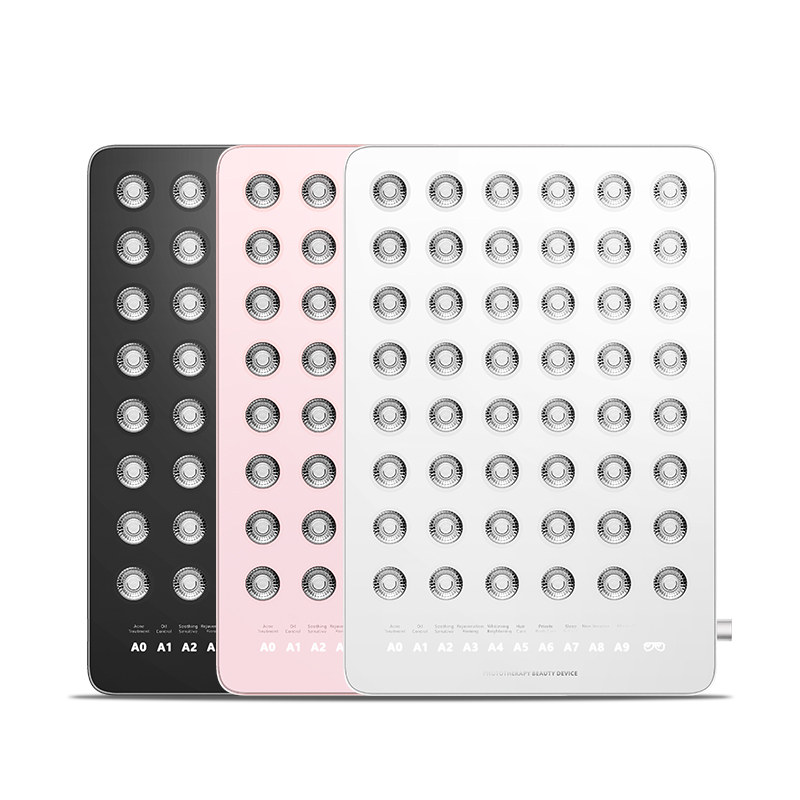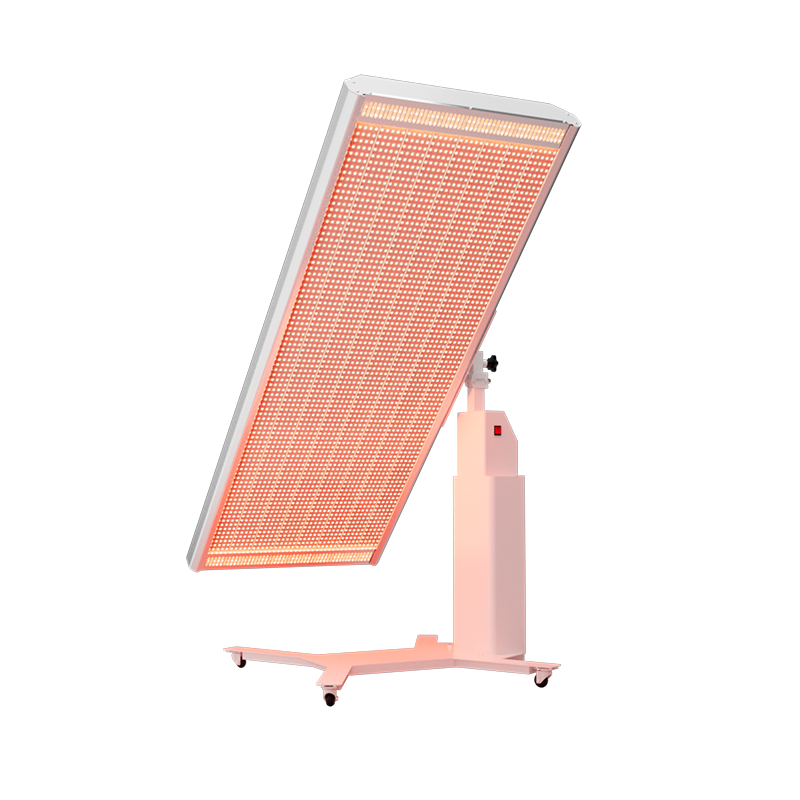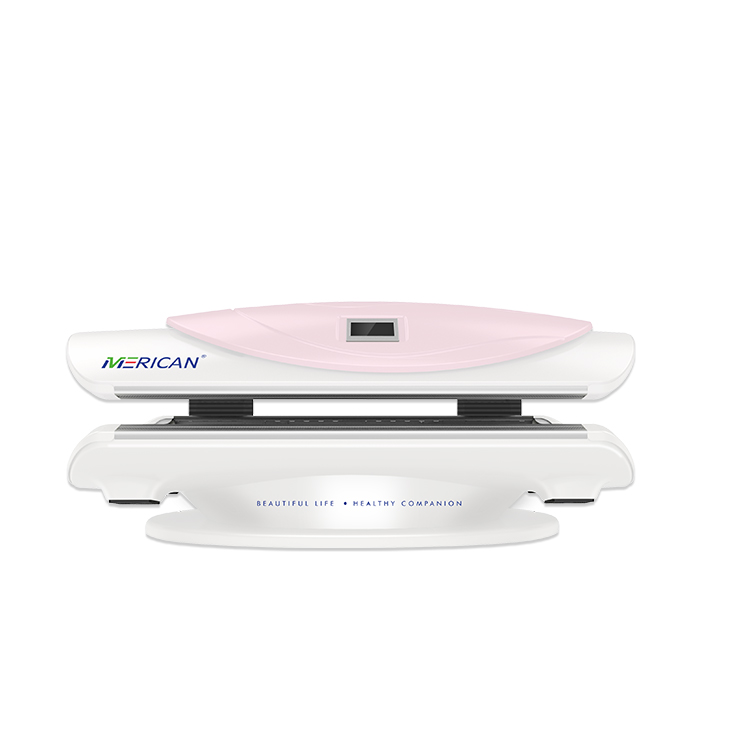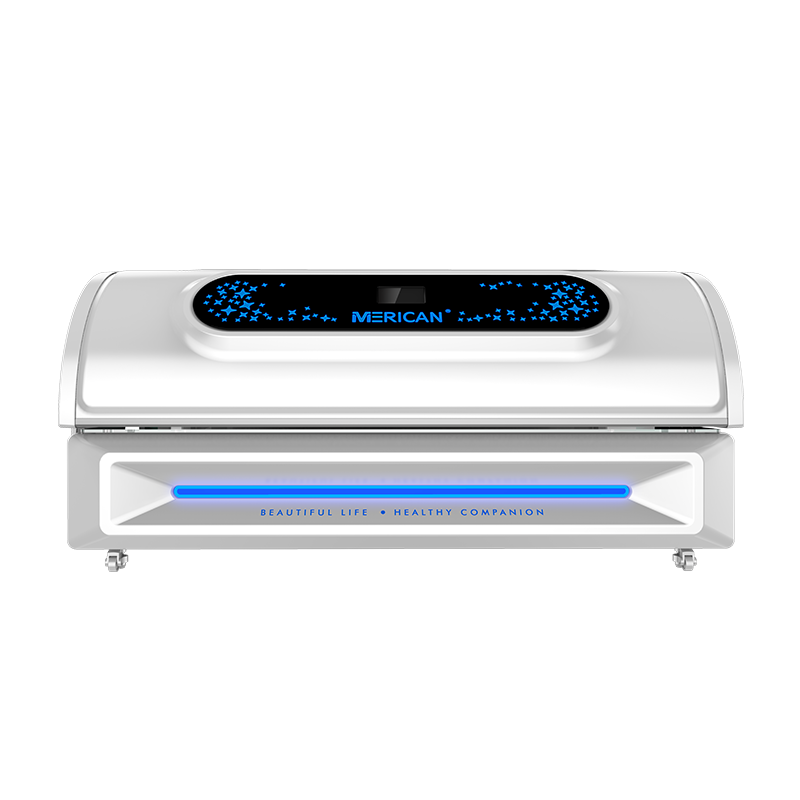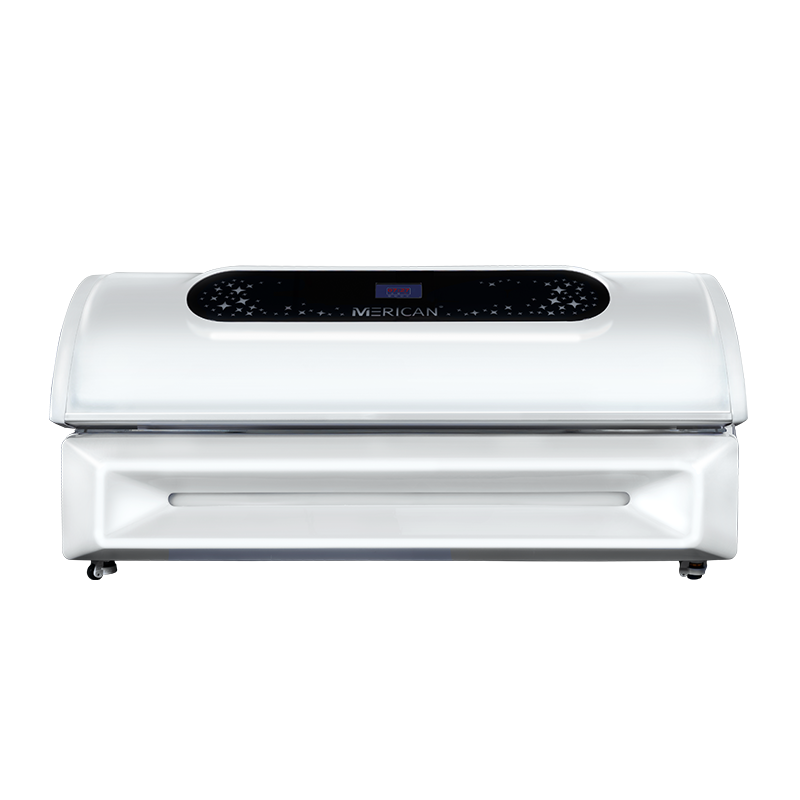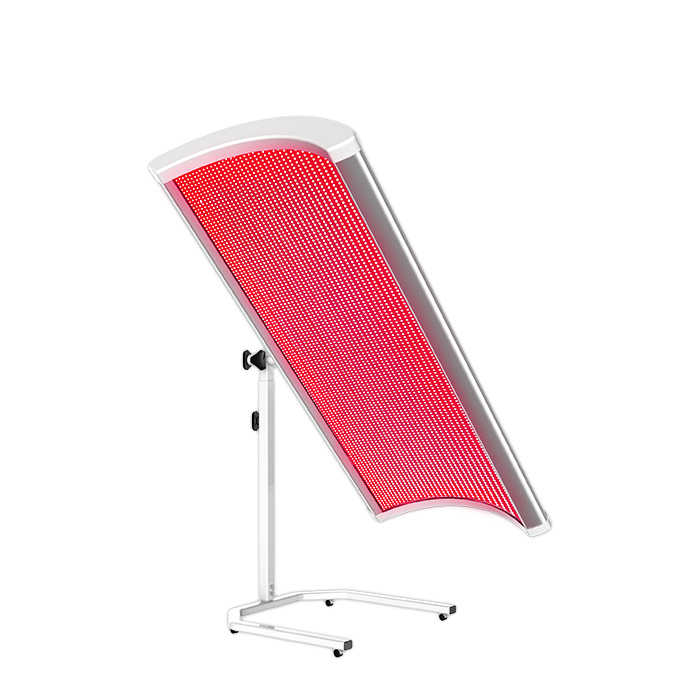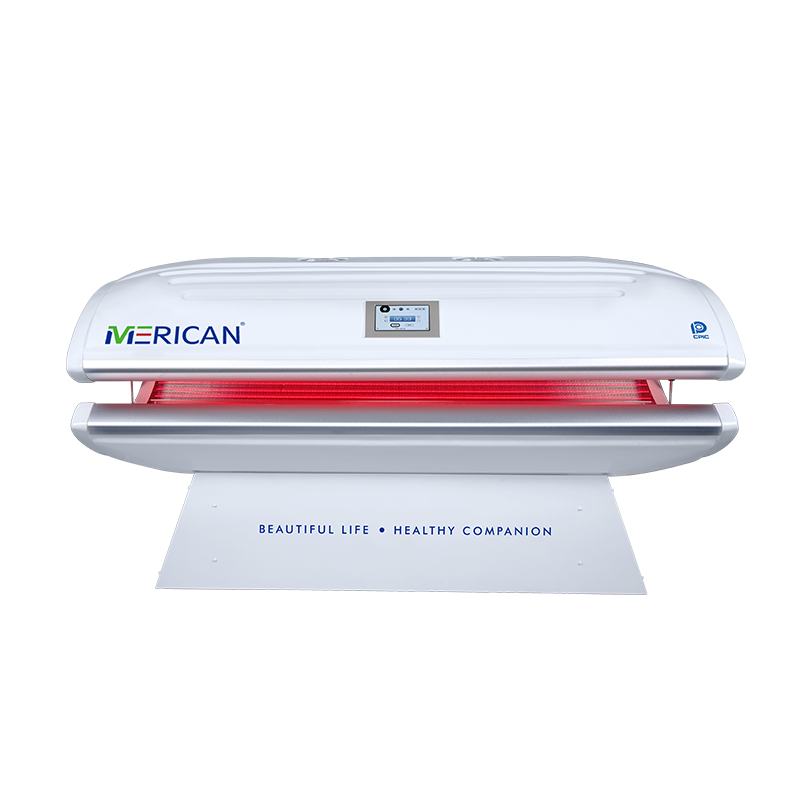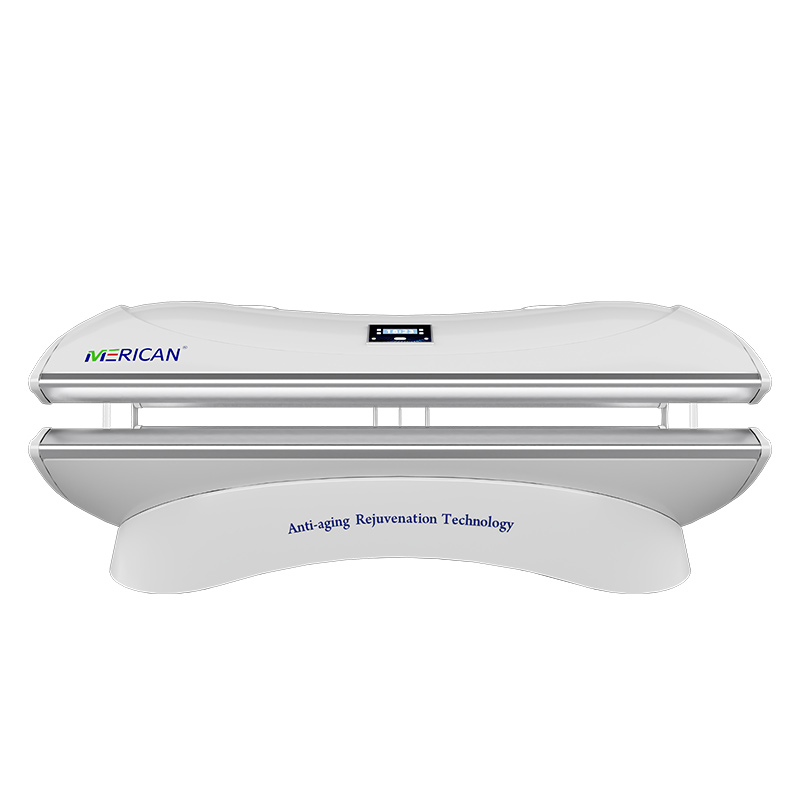赤色光療法, 低レベル光療法としても知られています (LLLT) または光生産, 体を低波長の赤と近赤外光にさらすことを含む. この光は皮膚を透過して細胞機能を刺激します, 循環を促進する, そして治癒を促進します.
閉経は女性の人生における自然な段階です, しかし、ホットフラッシュなどの困難な症状を引き起こすことがよくあります, 気分の変動, 睡眠障害, そして肌の変化. その間 ホルモン補充療法 (HRT) 伝統的なアプローチであった, 多くの女性は非侵襲的な代替手段を求めています. そのような新しい選択肢の 1 つは赤色光療法です (RLT). しかし、どれほど効果があるのか, そしてそれは誰にとっても安全ですか?
更年期症状に対する赤色光療法の潜在的な利点

ホルモンバランスとエストロゲンレベル
- 赤色光療法は増加しますか エストロゲン?
直接的な証拠は限られていますが、, いくつかの研究は、RLTが内分泌系を刺激することによってホルモンバランスに影響を与える可能性があることを示唆しています, エストロゲン生成をサポートする可能性がある.
- 気分と睡眠の改善
メラトニンの生成を促進することで, RLTは睡眠の質を向上させることができます, 閉経期に中断されることが多い.
- ストレス軽減
RLTはコルチゾールレベルを下げるのに役立つ可能性があります, ホルモンの変動に伴うストレスや気分の変動を軽減します。.
皮膚の健康と外観
- コラーゲン生産
RLTはコラーゲン合成を刺激します, 肌の弾力性を改善し、しわを軽減します, 更年期の皮膚の変化に有益である可能性があります.
- 更年期障害による赤ら顔の治療
ホットフラッシュは顔の赤みを引き起こす可能性があります. RLTは皮膚を落ち着かせ、炎症を軽減するのに役立つ可能性があります, 更年期障害に伴う顔の赤みの潜在的な治療法として機能する.
- “赤信号のおっぱい”
肌の色調やハリを改善するために胸部にRLTを使用する女性もいます。. しかし, 敏感な領域をターゲットにする前に医療提供者に相談することが不可欠です.
膣の健康
- 膣の乾燥の緩和
RLT は、ホルモン治療を必要とせずに膣の乾燥や不快感を軽減することが期待できます。.
- 循環の改善
RLTによる血流の促進は膣組織の健康をサポートする可能性があります, 性機能を改善する可能性がある.
骨密度と関節痛
- 骨の健康サポート
さらなる研究が必要ですが、, いくつかの研究では、RLTが骨密度の維持に役立つ可能性があることが示唆されています, それは閉経期に重要です.
- 関節痛の軽減
RLT の抗炎症効果は、更年期の女性によく見られる関節の痛みやこわばりを軽減するのに役立ちます.
更年期障害に最適な治療法は何ですか?
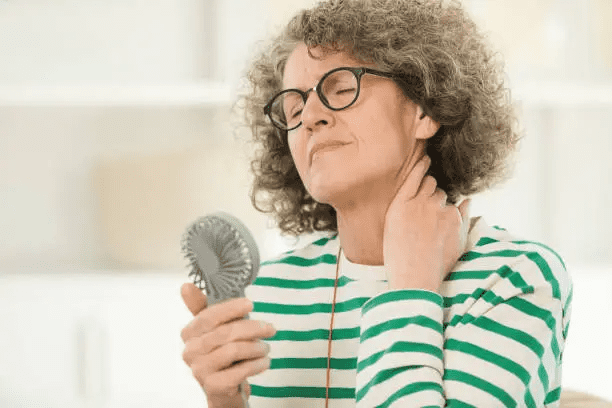
最適な治療法は個人のニーズや症状に応じて異なります. オプションには以下が含まれます:
ホルモン補充療法 (HRT)
多くの人に効果的, しかし、一部の女性にとってはリスクがあるかもしれません.
レッドライトセラピー
さまざまな更年期障害の症状を軽減する非侵襲的な選択肢.
ライフスタイルの変化
定期的な運動, バランスの取れた食事, ストレス管理は症状の重症度に大きな影響を与える可能性があります.
代替療法
鍼, ハーブサプリメント, マインドフルネスの実践は症状を和らげる可能性があります.
に相談すると、 健康管理 プロバイダーは、最適なアプローチを決定するのに役立ちます.
赤色光療法と閉経期のメンタルヘルス
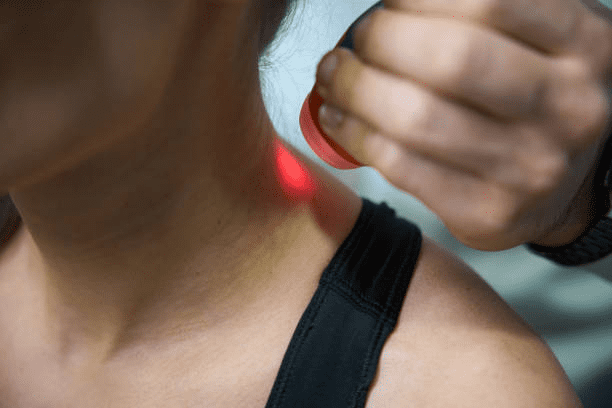
気分の変動と不安との戦い
- ホルモン変化と気分障害
閉経期のエストロゲンの変動は気分の不安定を引き起こす可能性があります, 不安, そしてうつ病さえも. 赤色光療法 (RLT) 細胞エネルギーを改善することで気分を安定させるのに役立つ可能性があります (ATP生産) 脳内で神経伝達物質の機能を強化する.
- セロトニンとドーパミンの増加
いくつかの初期の研究は、RLTがセロトニンとドーパミンの生成を促進する可能性があることを示唆しています, 幸福感と精神的な明晰さに関係する主要な化学物質.
- コルチゾールレベルの低下
更年期ストレスによるコルチゾールレベルの上昇は不安を悪化させる可能性がある. RLTはHPAの調節に役立つ可能性がある (視床下部-下垂体-副腎) 軸, コルチゾールを自然に減らす.
- ストレスに対する回復力の向上
睡眠を改善することで, エネルギー, と認知機能, RLTは間接的に感情的な回復力を高め、日々のストレスの引き金を減らします.
- 会話療法や投薬の補完
RLTは、精神的健康への広範なアプローチの一環として、抗うつ薬やカウンセリングと併用できます。.
家庭でレッドライトセラピーを安全に使用する方法
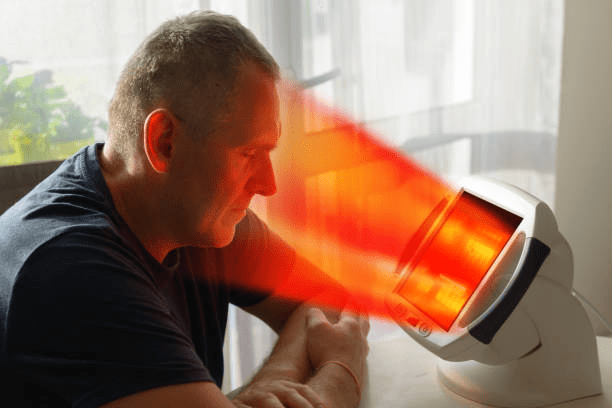
- レッドライトセラピーはどのくらいの期間使用すべきですか?
更年期障害のサポートに, ほとんどの人はセッションあたり 10 ~ 20 分で効果が得られます, 3–5回毎週. 多ければ多いほど良いとは限りません.
- レッドライトセラピーを毎日使用できますか?
はい, ただし、デバイスのガイドラインに従い、身体の反応を監視することが重要です. 過剰に使用すると、皮膚の炎症や効果の減少を引き起こす可能性があります.
- 位置と距離が重要
光源から約 6 ~ 12 インチ離れてください, 保護なしで敏感な部分に直接さらされることは避けてください。.
- 適切な波長を選択する
630 ~ 660 nm で発光するデバイスを探す (赤信号) および 810 ~ 850 nm (近赤外) 範囲. これらは害を与えることなく効果的に皮膚に浸透します.
- 一貫性が鍵です
RLT は即効性のある解決策ではありません. 顕著な効果を得るには、数週間または数か月にわたって継続的に使用する必要があります.
よくある質問

レッドライトセラピーを使用すべきではない人?
RLT は一般的に安全ですが、, 特定の人は注意する必要があります:
- 妊婦
妊娠中のRLTの影響は十分に研究されていない; したがって, 避けるのが最善です.
- 光線過敏症のある人
狼瘡などの症状がある方、または光感作薬を服用している方は、使用前に医師に相談してください。.
- 活動的ながん患者
特に, 乳がん患者は、潜在的なリスクがあるため、腫瘍部位でのRLTを避けるべきです.
- 目の状態
目への直接暴露は避けてください; 保護メガネを推奨します.
過剰な赤色光療法の危険性とは何ですか
- 皮膚の炎症
長時間暴露すると発赤や火傷を引き起こす可能性があります.
- 目の損傷
適切な保護がなければ, RLTは目に害を及ぼす可能性があります.
- ホルモンの不均衡
過度の使用はホルモンレベルを乱す可能性があります, さらなる研究が必要ですが.
- 効果の低下
過度の露出は効果の減少につながる可能性があります, 節度の重要性を強調する. リスクを最小限に抑えるには、推奨される使用ガイドラインに従うことが重要です.
結論
赤色光療法は有望である, さまざまな更年期症状を管理するための非侵襲的オプション, ホルモンバランスの乱れから、 皮膚の変化. 万能の解決策ではありませんが、, RLT は、包括的な更年期障害管理計画の貴重な要素となり得る. 他の治療法と同様に、, 個々のニーズに適合するかどうかを判断するには、医療提供者に相談することが重要です.

